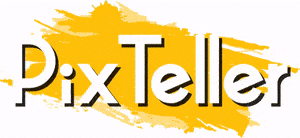How Visual Content Impacts Enterprise Website Performance
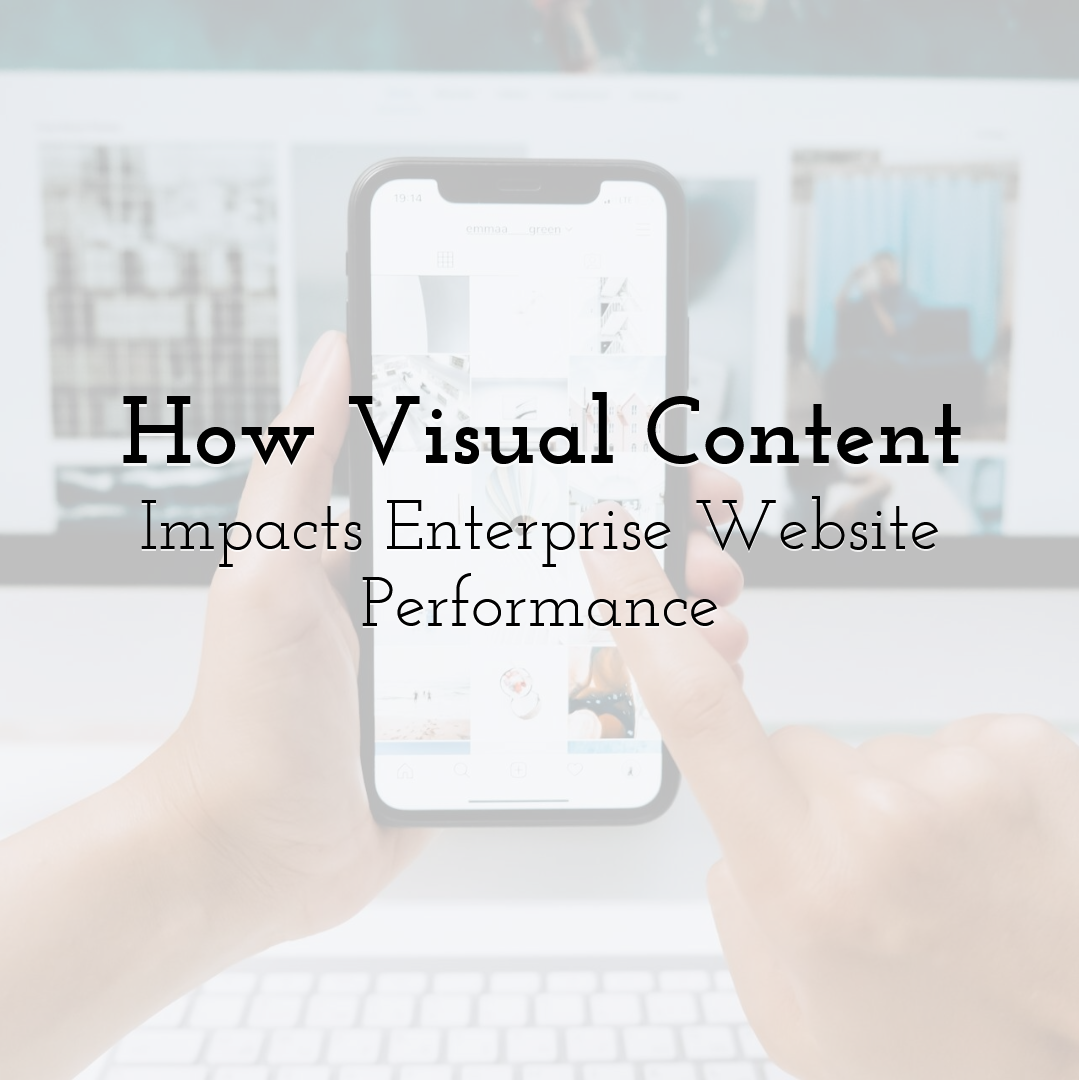
Visual content is a powerful driver of enterprise website success. The human brain processes visual information 60,000 times faster than text, and most customers prefer visual content over plain text. This isn't just about aesthetics, it directly affects your bottom line through improved engagement, comprehension, and conversion rates.
The Power of Visual Content in Enterprise Websites
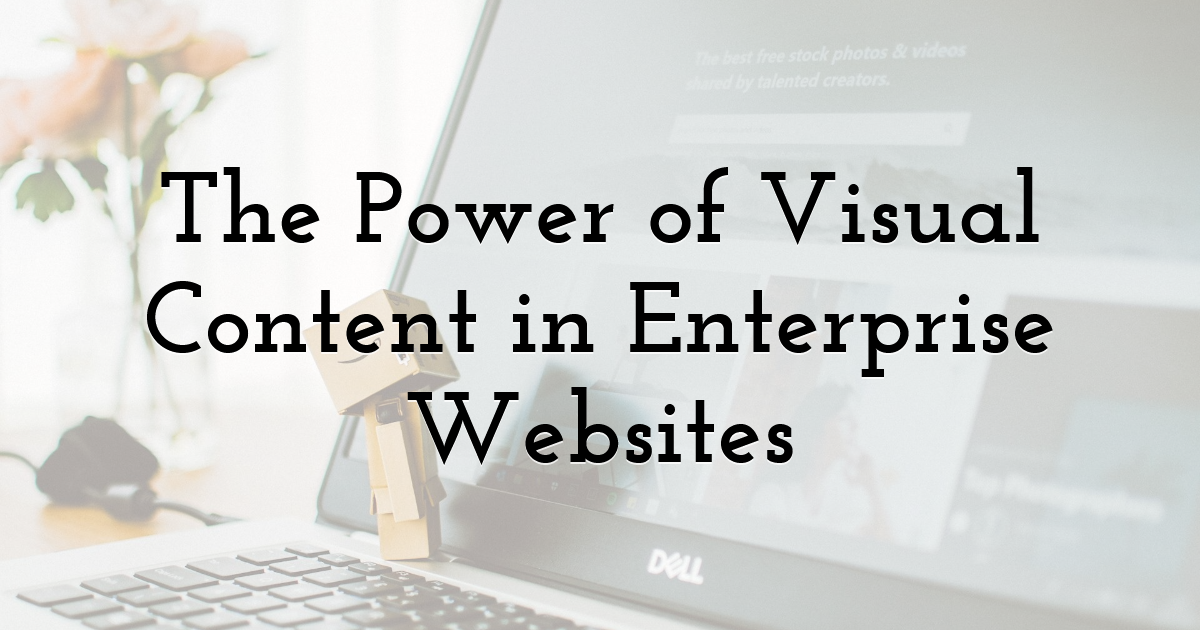
Visual content fundamentally transforms how users interact with enterprise websites. Articles with relevant images receive more views than those without, demonstrating the immediate attention-grabbing power of visuals. This translates to significant engagement advantages, as visual posts generate higher engagement than text-only content.
Beyond initial engagement, visual content strengthens brand identity and creates emotional connections with audiences. When enterprises consistently apply visual branding across platforms, they build recognition and trust. Apple exemplifies this approach, positioning itself as the pinnacle of phone technology and luxury through carefully crafted visual content that aligns with its established identity.
Visual elements also enhance information retention. People remember 80% of what they see compared to just 20% of what they read. This makes visual content particularly valuable for enterprises communicating complex products, services, or data. Infographics, product demonstrations, and explanatory videos can simplify complicated concepts while maintaining audience attention.
For B2B technology companies specifically, visuals provide a way to create more effective, category-defining content that engages and inspires. Articles featuring an image every 75-100 words receive double the social shares compared to those with fewer images, highlighting the amplification potential of strategic visual integration.
Optimizing Visual Elements for Speed and Performance
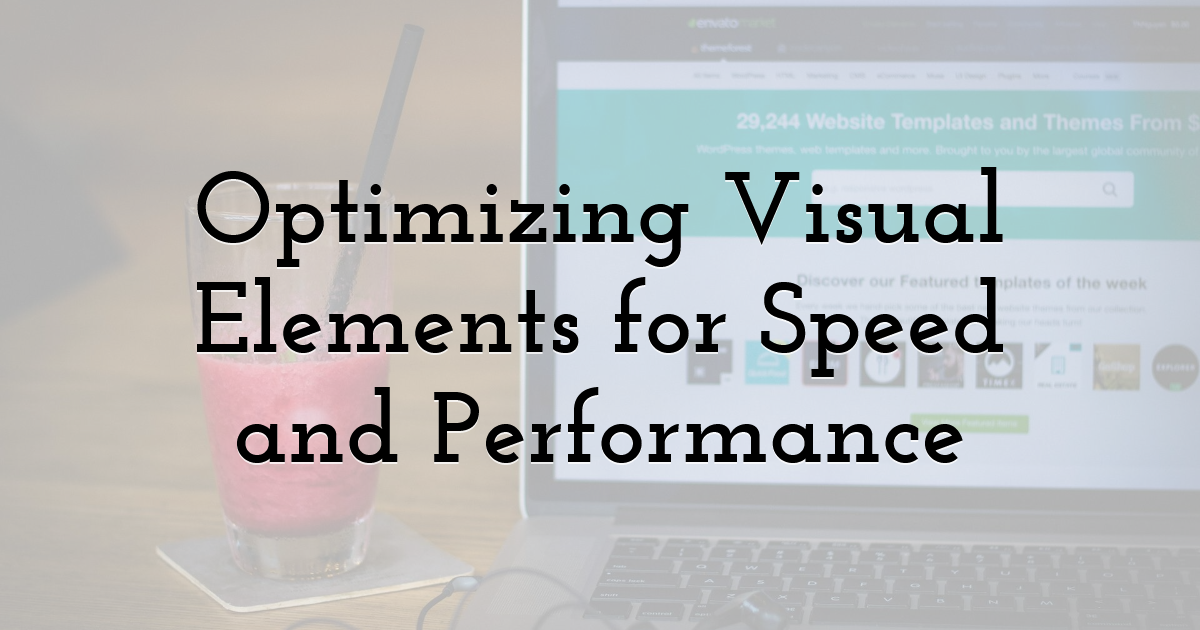
While visual content drives engagement, poorly optimized visuals can severely hamper website performance. Page speed remains a critical factor in both user experience and search engine rankings, making visual optimization essential.
Enterprises should implement several key optimization strategies:
Image compression and format selection: Using next-gen formats like WebP can significantly reduce file sizes while maintaining quality. Compressing images reduces file size without noticeably affecting visual quality.
Responsive design implementation: Images must display properly across all devices. Resizing images before exporting ensures appropriate dimensions for different screen sizes.
Lazy loading: This technique defers loading off-screen images until users scroll to them, dramatically improving initial page load times.
Content delivery networks (CDNs): Distributing visual assets through CDNs ensures faster loading times globally by serving content from geographically closer servers.
Blur-up technique: Initially, lower-quality images that progressively improve in quality after other page assets are loaded create a smoother user experience.
These optimization techniques directly impact key performance metrics. Properly optimized visuals can reduce bounce rates, increase time on page, and improve conversion rates while maintaining the engagement benefits of rich visual content.
Creating a Visual Strategy That Converts
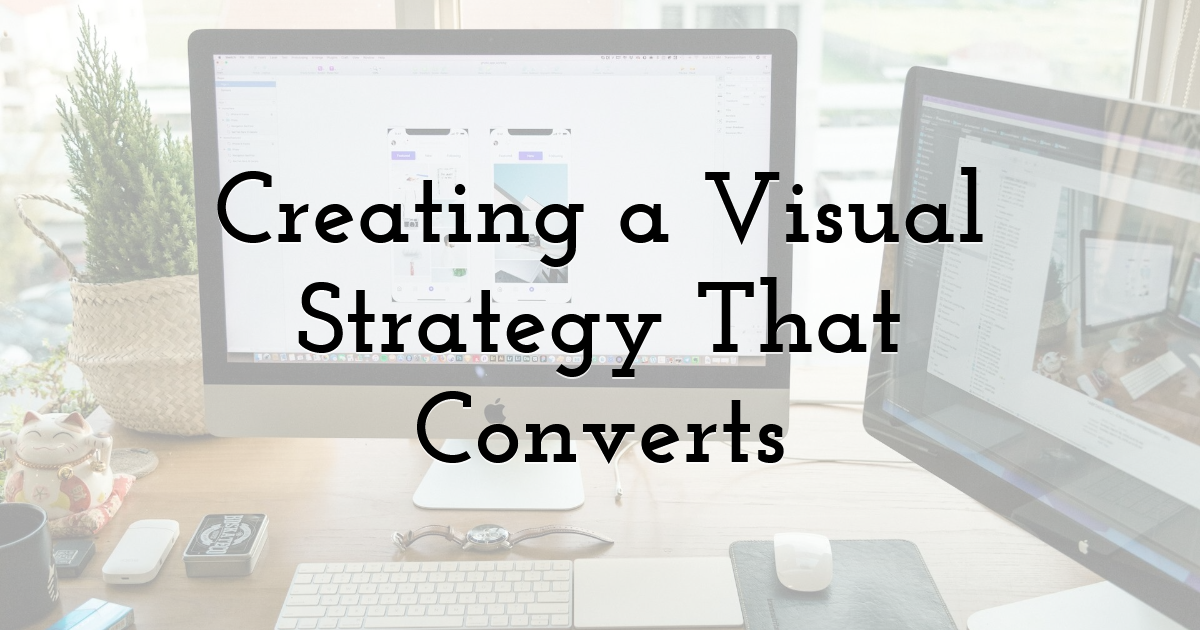
Balancing visual impact with technical performance requires thoughtful implementation for enterprise websites. The optimal file formats should be selected based on specific needs - SVG works best for icons and logos, while WebP provides excellent quality for photographs at smaller file sizes.
Proper compression techniques maintain visual quality while significantly reducing load times, a critical factor for both user experience and search rankings. Responsive design for corporate company websites ensures your visuals adapt seamlessly across devices from desktop to mobile, preventing frustration for users on smaller screens.
Implementation of lazy loading techniques allows initial page rendering to occur quickly while deferring less critical images until they're needed, creating a faster perceived performance. These technical considerations work together to ensure visual content enhances rather than detracts from the overall user experience.
Measuring the Impact of Visual Content on Business Outcomes
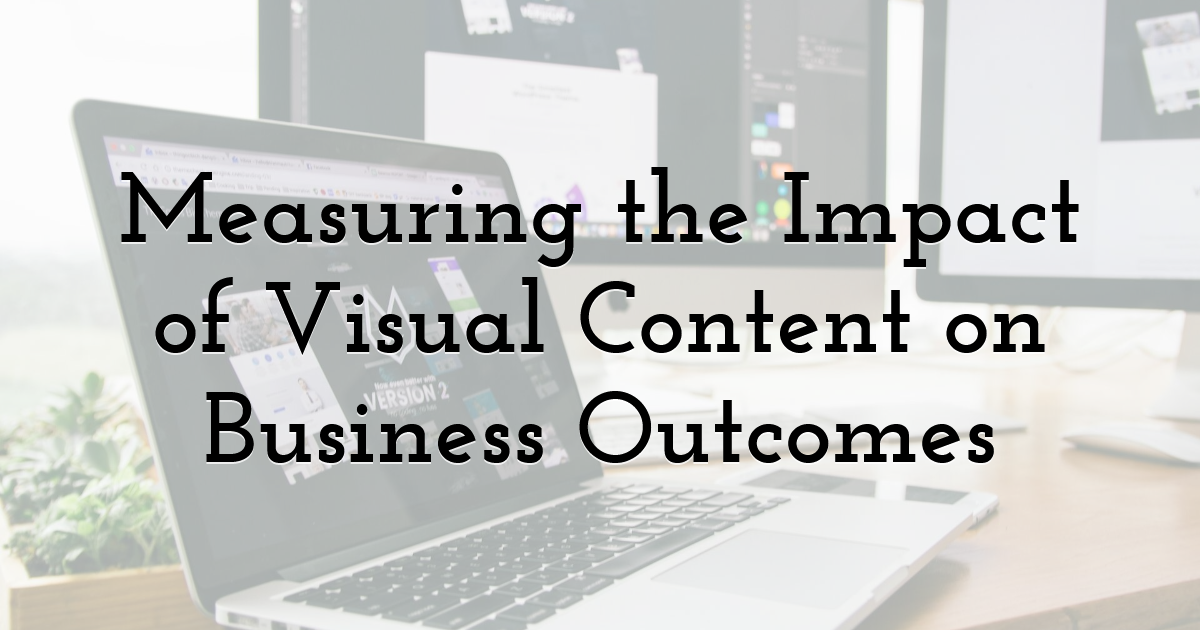
For enterprises, visual content must demonstrate a measurable return on investment. Several key metrics help quantify visual content performance:
Engagement metrics: Track likes, shares, comments, and time spent on pages with visual content. High engagement often translates to increased brand visibility and potential sales.
Click-through rate (CTR): Measures the percentage of viewers who click on visual elements to learn more. A high CTR on an infographic indicates the visual effectively entices viewers to explore further.
Conversion rate: Track how many users take desired actions after interacting with visual content. A product video that leads to a surge in purchases demonstrates the power of visual demonstration.
Time on page: The average time users spend viewing visual content indicates its ability to hold attention. Longer dwell times on pages with visual elements point to effective engagement.
Traffic sources: Monitor traffic from platforms where visual content is shared. A spike in visitors from visual-heavy platforms like Pinterest or Instagram can indicate a successful visual strategy.
By consistently measuring these metrics, enterprises can refine their visual content approach, optimize for performance, and ensure visual elements directly contribute to business goals.
Visual content isn't just aesthetically pleasing. It's a powerful performance driver for enterprise websites when strategically implemented and measured. Visual content can significantly enhance engagement, conversions, and overall business outcomes with proper optimization, audience-centered design, and consistent measurement.
Until next time, Be creative! - Pix'sTory
Recommended posts
-

8 Types of Visual Content You Need to Use in Your Marketing Campaigns
Read More › -
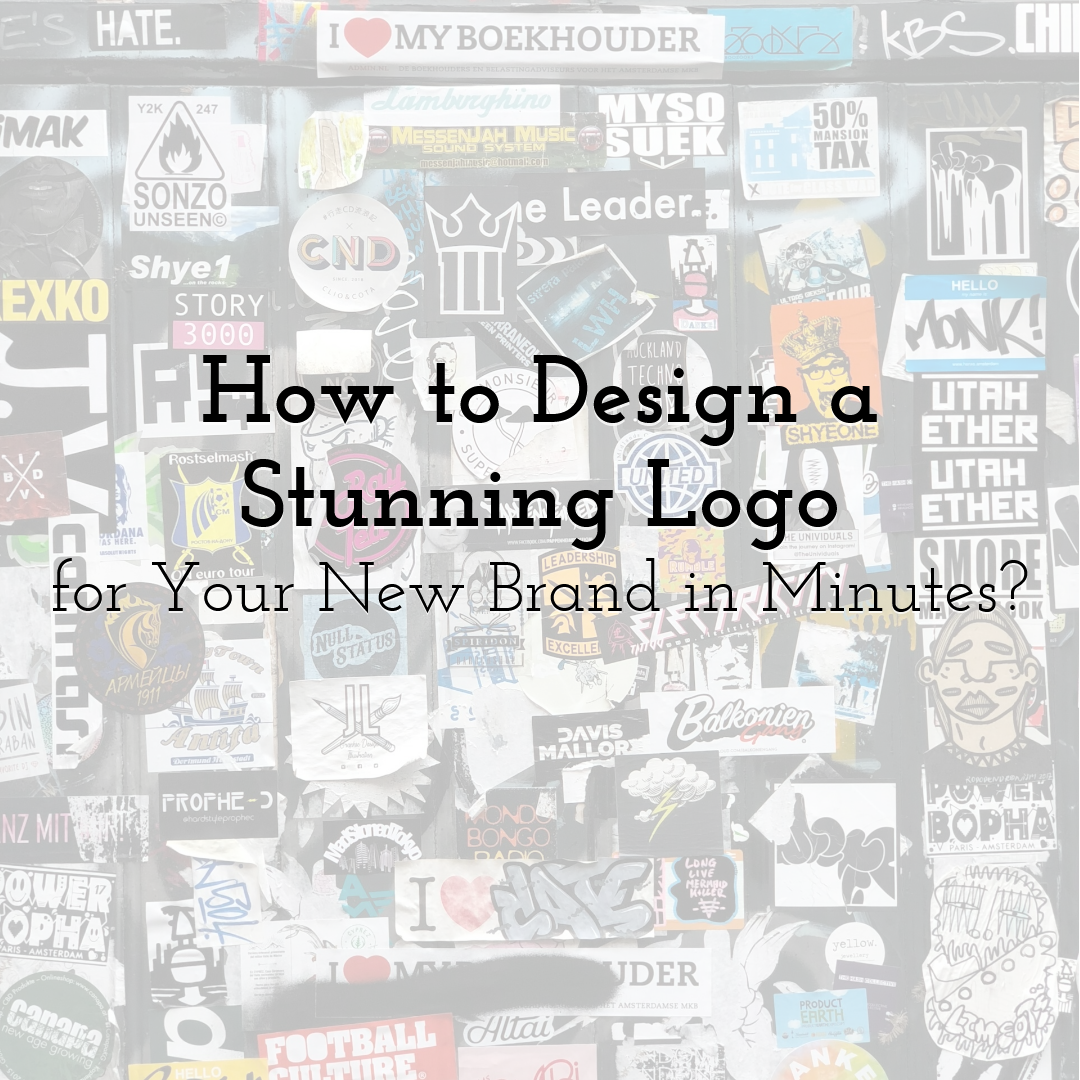
How to Design a Stunning Logo for Your New Brand in Minutes?
Read More › -
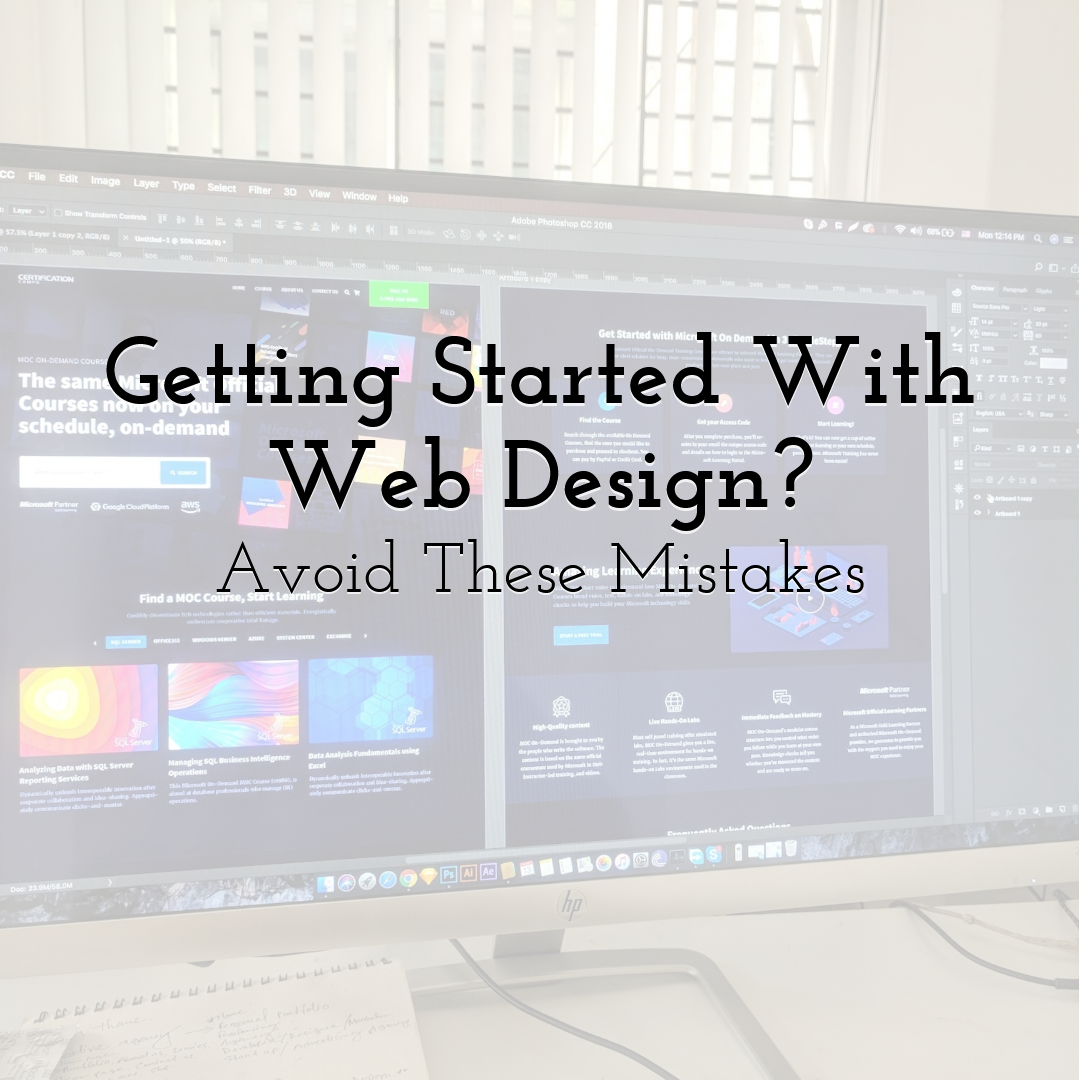
Getting Started With Web Design? Avoid These Mistakes
Read More › -
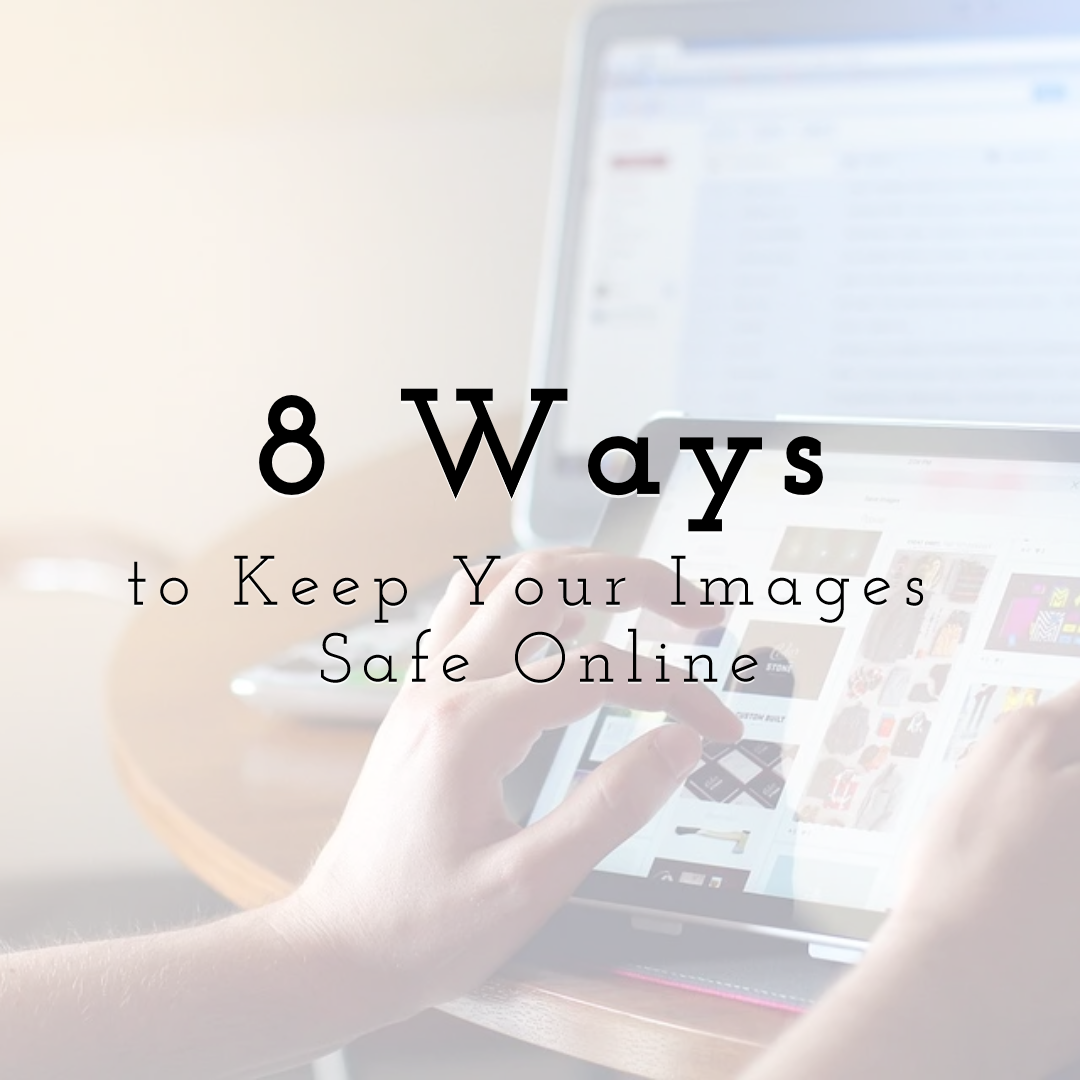
8 Ways to Keep Your Images Safe Online
Read More › -

Free Icons - Full List of Websites Where You Can Download Them
Read More › -
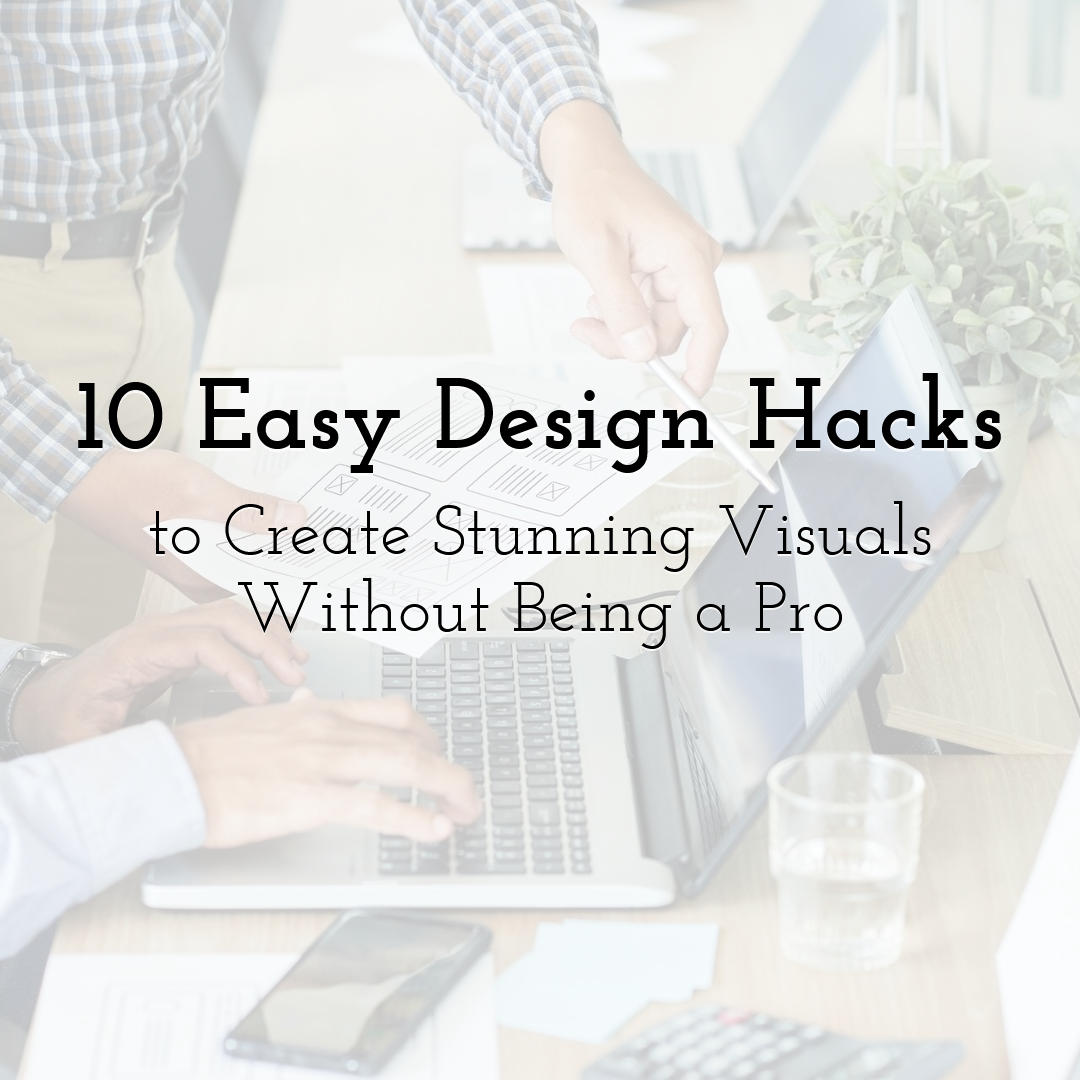
10 Easy Design Hacks to Create Stunning Visuals Without Being a Pro
Read More ›
